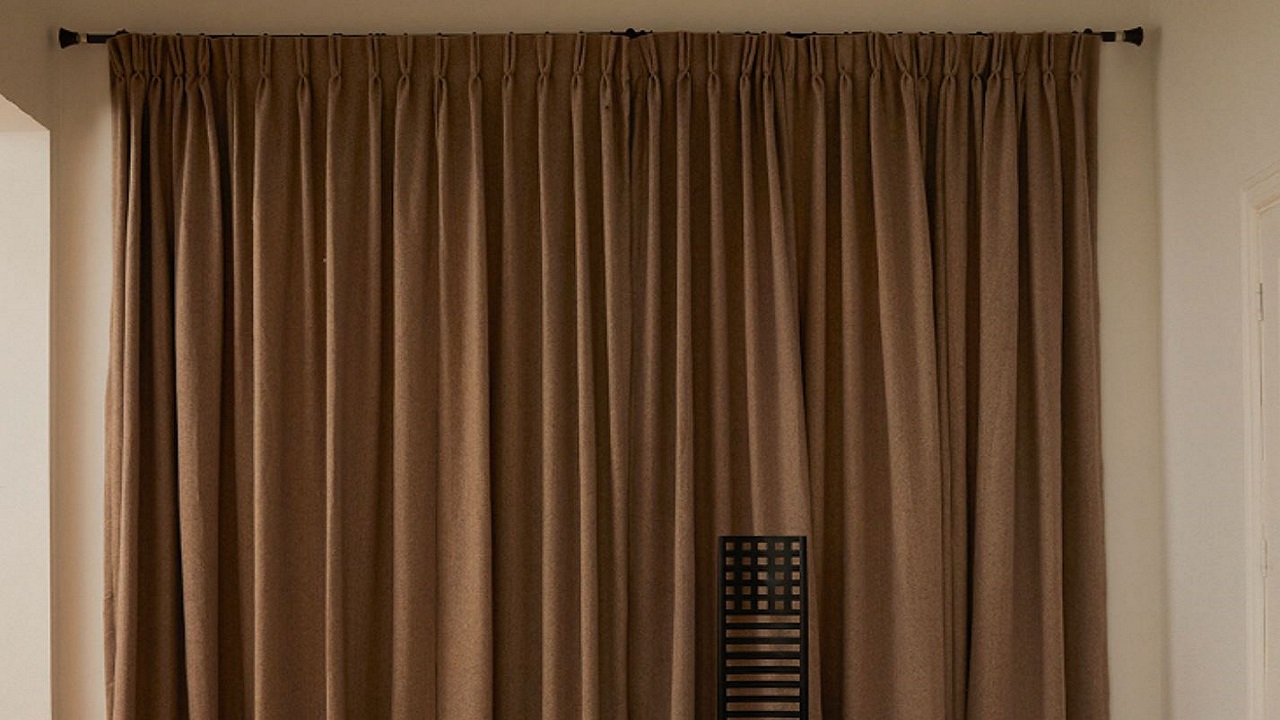If you know anything about micro photography, one crucial thing is the control of light. Changes in the level of lighting can have a major impact on the quality of your photos even if these changes are minimal. This is where blackout curtains come in handy to any photographer as they are crucial equipment to carry along. They afford one the ability to change the light to an extent to suit a shot, especially when a frame needs to be shot under perfect conditions. In this article, we will be looking at how blackout curtains can be useful in a home studio and the four levels that you can manage for the best lighting.
Role of Lighting in Micro Photography
Microphotography is a technique of photographing small objects with significant detail. In this field, light plays an essential role in the process as it helps to reveal the texture, the area of colorful shades, and other details. Natural light is pretty but cannot be easily controlled due to its tendency to cast shadows and reflections. Blackout curtains enable one to regulate the intensity of light that can penetrate the studio hence the versatility in setting up the lighting. Additionally, to get the curtains by size, visit TheHues’ website for a custom order of curtains.
Level 1: Maximum Light Ingress
At Level 1, the custom-size curtains are completely drawn back so that around 90% of the natural light can get into the room. This setting is best used for occasions when you wish to incorporate natural light into the scene that you are photographing. Daylight on the other hand can be used as it complements and enhances the beauty of the colors and texture of the photos. Nevertheless, it should be taken into account that the sun can give rather sharp shadows and reflections, which is why its direction and intensity should be paid attention to.
Level 2: Bright, yet Controlled Light
When you open the blackout curtains just a little to let in roughly 70% of the light, you will get a bright environment that is not as harsh as before. This level is suitable for averaging natural and artificial light sources like soft boxes or ring lights. Together, it is possible to minimize direct and intense sunlight rays and produce a softer, more evenly distributed light on the subject. This setting is useful when you do not want the area to be too brightly lit or have dark shadows.
Level 3: Moderate Light Ingress
Level 3 has custom curtains that can let in light between 40-70 percent. This range allows a fair amount of natural light, it is thus easier to control for shadows and highlights. This setting is more appropriate during the day especially when the sun is out in its full glare. This level can be used to play with different angles and luminous load and achieve a good balance of light that accentuates the subject’s advantages and does not create excessive glint or reflection.
Level 4: Total darkness and Blackout
Level four is the most controlled or restricted level of lighting and it does not allow any form of natural light to come in, it is pitch dark. This setting is critical for photographers who only shoot with artificial lighting sources. One advantage of shooting in a studio where natural light has been excluded is that you have full control over the kind of lights you use, where to position them, and how bright they should be. This level is especially suitable in cases where the level of accuracy is high and does not allow for variation.
Thin Curtains for Diffused Lighting
Thin curtains can also prove to be of great importance when it comes to your lighting plan in addition to the blackout ones. Thin curtains when pulled provide a measure of filtering the natural light that enters into the studio thus providing a softer and a more even light. This can be particularly useful when you want to limit the degree of direct sunlight while at the same time allowing some amounts of the same to get into the room. Having thin curtains, alongside the blackout ones, helps to be more flexible in the process of controlling the light when photographing, which is what most people find quite useful.
Conclusion
Curtains are a necessity for any home studio but especially for micro photography where light is very important. Thus, photographers can achieve adequate lighting for their work knowing the four levels of light control. Whether the photographer seeks to let in as much natural light as possible, filter light and have partial coverage, use light control with partial blackout, or obtain complete blackout, blackout curtains offer the versatility required in photography. Further, it is possible to install thin curtains that will also give more options and the ability to regulate the lighting even more. Thus, by using blackout or thin curtains, it is possible to manage the lighting in your home studio for the best micro photography.


